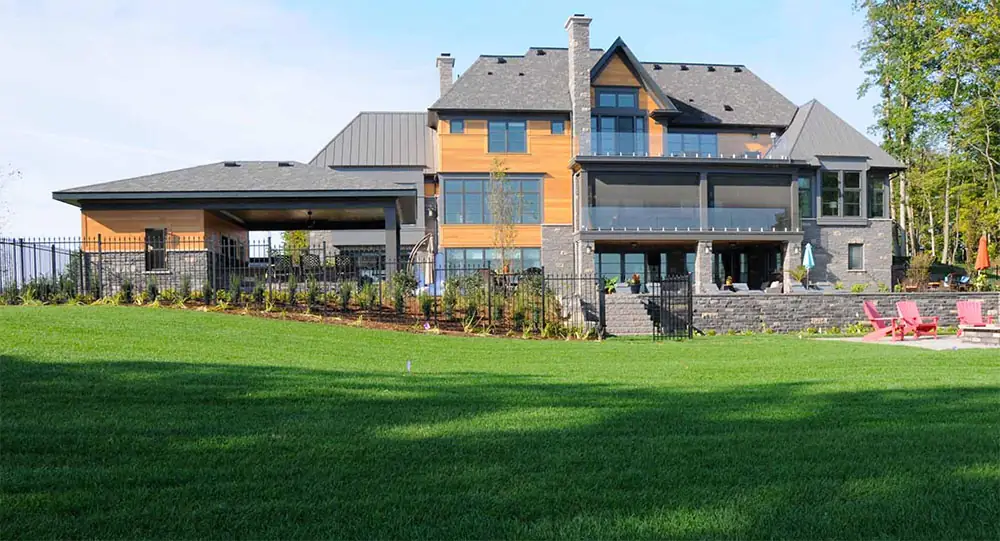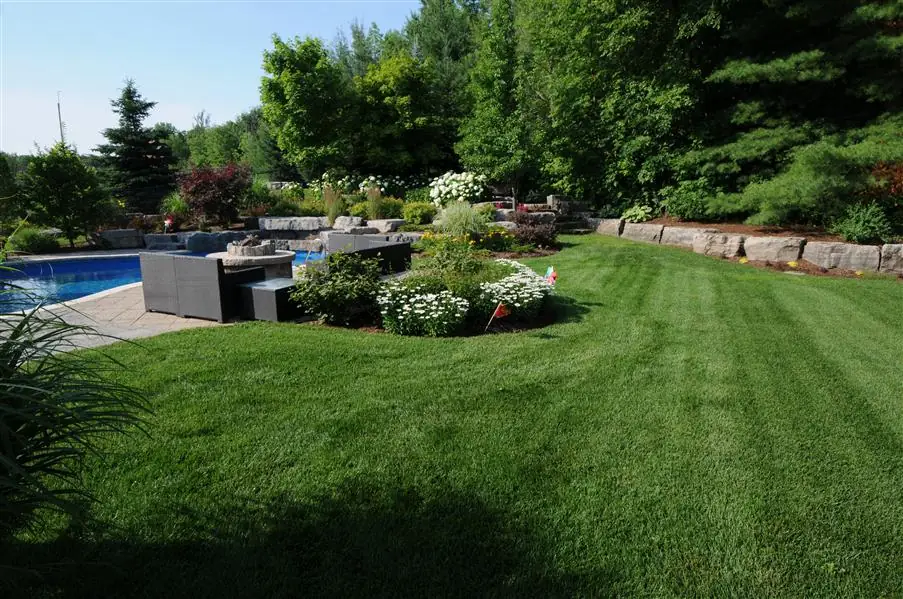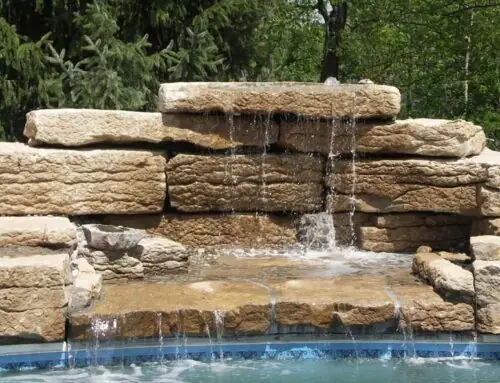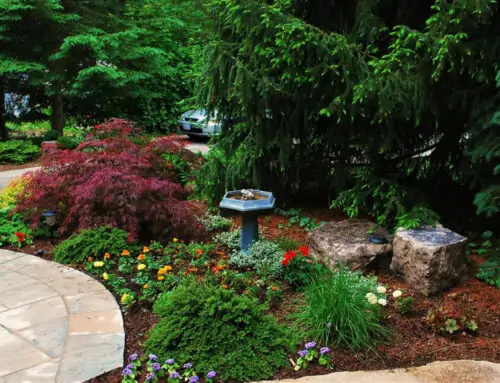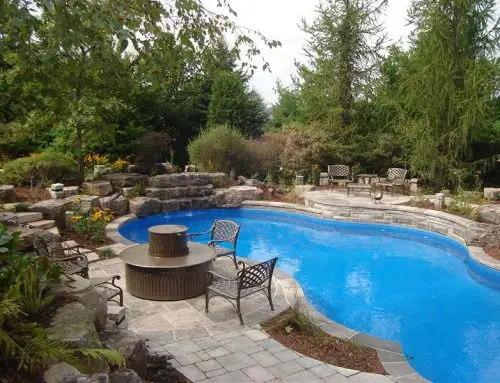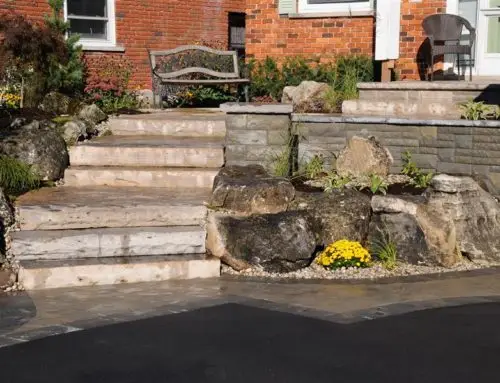Landscape construction is more than just gardening or planting flowers; it’s the art and science of transforming Burlington outdoor spaces into functional and aesthetically pleasing environments. From intricate hardscape installations to lush garden designs, landscape construction encompasses a wide range of techniques and disciplines. Let’s explore what landscape construction entails and why it’s essential for creating stunning outdoor landscapes.
Definition and Scope
Landscape construction involves the planning, design, and implementation of outdoor spaces, including gardens, parks, residential yards, and commercial landscapes. It encompasses various elements such as hardscaping (e.g., patios, walkways, retaining walls), softscaping (e.g., plants, trees, shrubs), irrigation systems, lighting, and drainage solutions. Landscape construction projects can range from small residential gardens to large-scale urban developments. It is important to understand the significance of the hardscaping elements such as retaining walls.
Planning and Design
Successful landscape construction begins with careful planning and design. Landscape architects and designers work closely with clients to understand their needs, preferences, and budget constraints. They assess the site’s topography, soil conditions, climate, and existing vegetation to develop a comprehensive design that integrates both functional and aesthetic elements. The design phase may include 3D renderings, site surveys, and detailed construction plans to guide the implementation process.
Implementation
Once the design is finalized, the landscape construction process begins. Skilled landscape contractors and craftsmen bring the design to life through a combination of manual labour and machinery. Hardscape elements such as patios, walkways, and walls are constructed using materials like stone, brick, concrete, and wood. Softscape features such as planting beds, lawns, and gardens are installed with careful attention to plant selection, spacing, and soil preparation. Irrigation systems are installed to ensure proper watering, while drainage solutions prevent water buildup and erosion.
Quality Materials and Craftsmanship
Quality materials and craftsmanship are essential for durable and visually appealing landscape construction. Using high-quality materials ensures longevity and resistance to weathering and wear. Skilled craftsmen employ techniques such as masonry, carpentry, and landscaping to create custom features that enhance the beauty and functionality of outdoor spaces. Attention to detail and precision are paramount to achieving professional results that exceed client expectations.
Maintenance and Care
Once the landscape construction is complete, ongoing maintenance and care are necessary to preserve its beauty and functionality. This may include regular watering, fertilizing, pruning, and pest control to keep plants healthy and vibrant. Hardscape elements may require occasional cleaning, sealing, or repair to maintain their appearance and structural integrity. Regular inspections and maintenance help prevent issues and ensure the long-term sustainability of the landscape.
Contact Evergreen Landscapes today.
Landscape construction is a multifaceted discipline that combines artistry, engineering, and craftsmanship to create stunning outdoor environments. By understanding the principles and processes involved in landscape construction, property owners can transform their outdoor spaces into inviting and functional landscapes that enrich their lives and enhance property value. Contact us today to discuss your options for creating outdoor masterpieces for your Burlington home.

